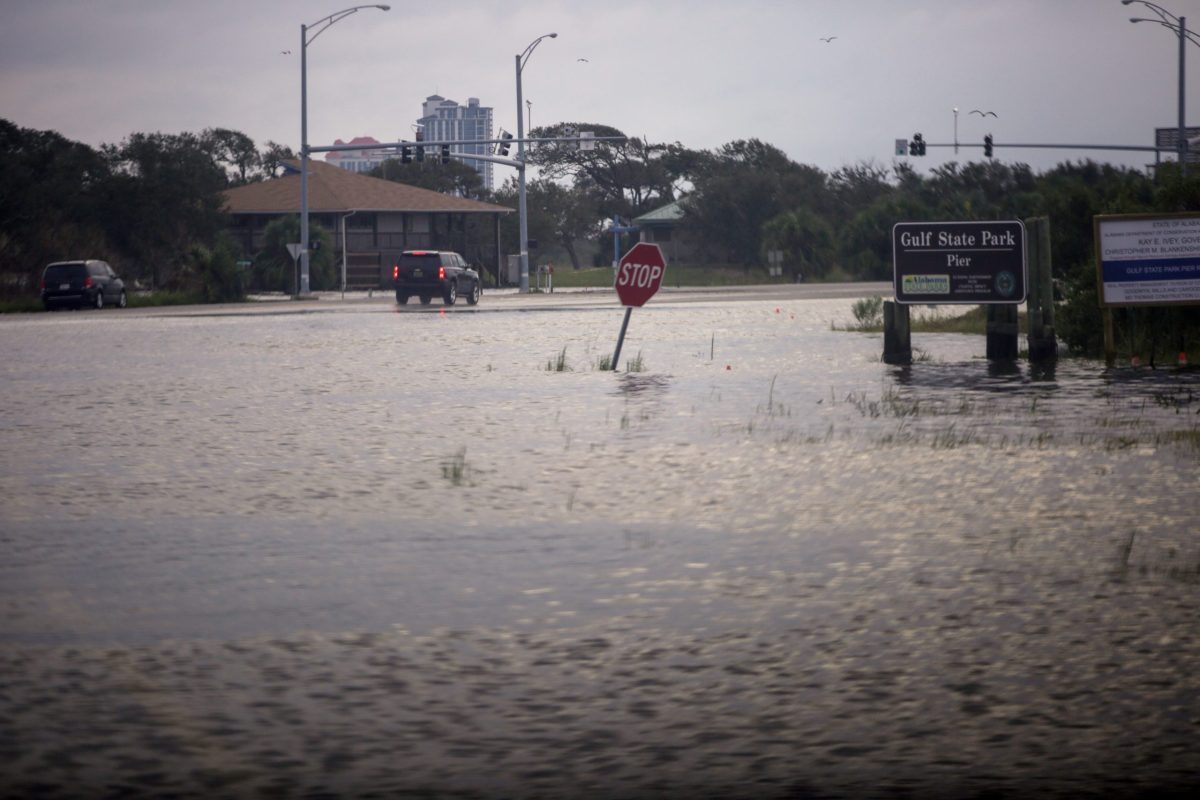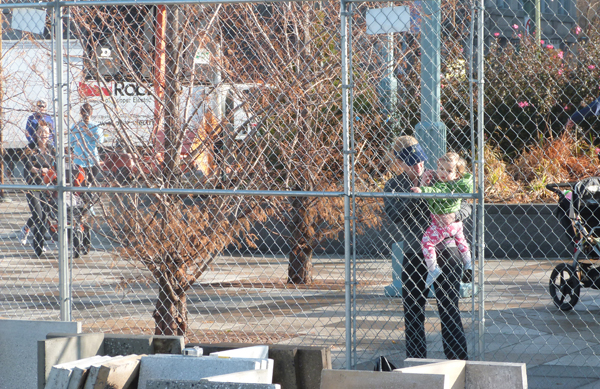We all know that New York is a city that never sleeps, and the past year has shown us that emergencies don’t take a pause, either. While the City has been fighting the COVID-19 pandemic, natural disasters like coastal storms and hurricanes continued to threaten the place 8.6 million of us call home. This year, it’s more important than ever for New Yorkers to take steps now to be ready.
Here’s how.
Know Your Zone
In New York City, a lot has changed. Your hurricane evacuation may have changed, too. We are constantly examining past events to improve and shape our mitigation, preparedness, response, and recovery efforts. Thanks to new and improved storm surge modeling, combined with better topographic data, and information from actual events, the City has updated its hurricane evacuation zones for the 2021 Atlantic hurricane season. Depending on the strength and course of a storm, up to 3.1 million city residents could find they will need to evacuate before a storm. Knowing your zone is a small but important step that will help you and your family stay safe this hurricane season.
Finding your zone is easy. Visit NYC.gov/knowyourzone or call 311 (212-639-9675 for Video Relay Service, or TTY: 212-504-4115). You also can find hurricane evacuation centers that are closest to your home.
Make Your Plan
If this last year has taught us anything, it’s that we need to be prepared. Every New Yorker should have an emergency plan that best suits their needs and outlines what to do, where to go, and how to stay in touch.
In a planned evacuation, such as for a coastal storm or hurricane, City officials will advise residents which New York City communities are affected and provide guidance on how the evacuation will proceed. If you must evacuate, your first plan should always be to stay with friends or family that live outside of an evacuation zone. (If you are a pet owner, shelter your pet at a kennel or with friends or relatives outside of an evacuation zone.) Especially in these challenging times, remember to check and see if they have symptoms of COVID-19 or have people in their home at higher risk for serious illness. If they have symptoms or people at higher risk in their home, make other arrangements, such as mapping out which of the City’s evacuation centers you will go to.
For those who have no other shelter, the City will open 60 evacuation centers throughout the five boroughs. If you are going to an evacuation center, pack a Go Bag filled with essential supplies, including clothing, personal supplies, and medications.
If you have pets or service animals, don’t leave them behind. Pets and service animals are allowed at all City evacuation centers. Just like you will bring supplies to care for yourself, bring items to care for them, too.
For more information on how to prepare and to build your emergency plan, visit NYC.gov/readyny, call 311 or download the free Ready NYC mobile application (available for Apple and Android devices).
Stay Informed
Notify NYC, the City’s official emergency communications program, provides free emergency alerts and updates when you need them most. Notify NYC sends out messages around the clock, 365 days a year.
Signing up is free and easy: Get the Notify NYC mobile application (available for Apple and Android devices), visit NYC.gov/notifynyc, call 311, or follow @NotifyNYC on Twitter. From phone calls to emails and text messages, Notify NYC messages are available in multiple languages, audio format, and American Sign Language (ASL) video format.
We are ready to face any storm that may come our way. Together, we can be safe and prepared.
John Scrivani is the commissioner of the New York City Emergency Management Department.






























